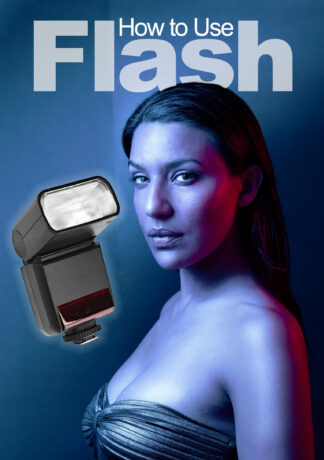DxOMark.com measures many aspects of camera sensors and lenses. Used properly, their website can save you thousands of dollars, helping you understand which combinations of cameras and lenses will produce the images you want. However, their website is extremely complex, and some of the information (such as the overall score) is downright misleading. In this video, I’ll show you how to get the most from the website, helping you understand which information is meaningful and which can be safely disregarded. https://www.youtube.com/watch?v=MRzONYmjH3M Note: Many people tell me that DxOMark can’t be trusted. They say that DxOMark is paid by the companies that score the best, including Nikon and Sony. However, I’ve never received any piece of actual evidence to substantiate this. If you believe DxOMark is fraudulent, it’s exceptionally easy to prove–simply reproduce some of their measurements and show that following the same testing process produces different results. We’ve tested dozens of cameras and lenses and, with one single exception, our own test data coincides with DxOMark’s data. Therefore, I feel comfortable using their measurements. That one exception? The remarkably high ISO scores of the Sony a7S. In our testing, the a7S doesn’t look any better than the Nikon D810, or even the a7 II. We believe the low megapixel count of the a7S exposed a flaw in DxOMark’s testing methodology, and we’re hoping someone else will test this so we can have a second opinion… but so far, nobody has repeated our a7S vs D810 tests. Yes, I’m aware that DxOMark produced their own camera, the DxO One, and then used their own testing to announce that it’s better than the competition. That’s clearly a conflict of interest, and I told them so. Regardless, that doesn’t invalidaerte their thousands of measurements about other cameras. If you do find actual evidence that DxOMark shouldn’t be trusted, please e-mail it to me at tony@northrup.org. If you’re comfortable with it, I’ll share it with the world, so everyone will know that DxOMark can’t be trusted. Until then, I’ll continue to consider their measurements (mostly) credible.





